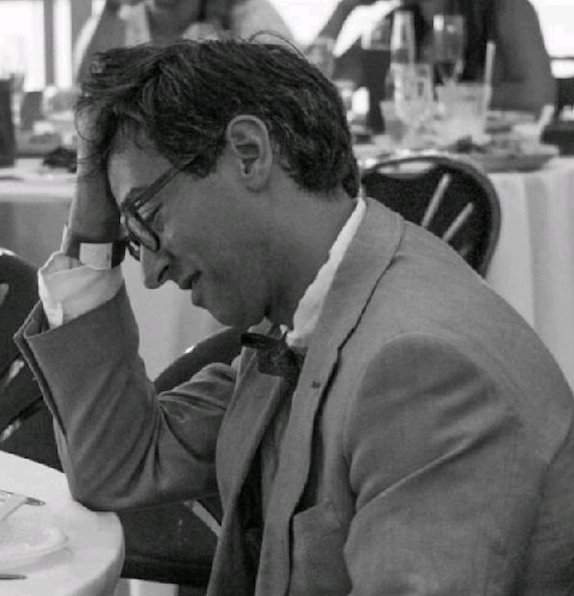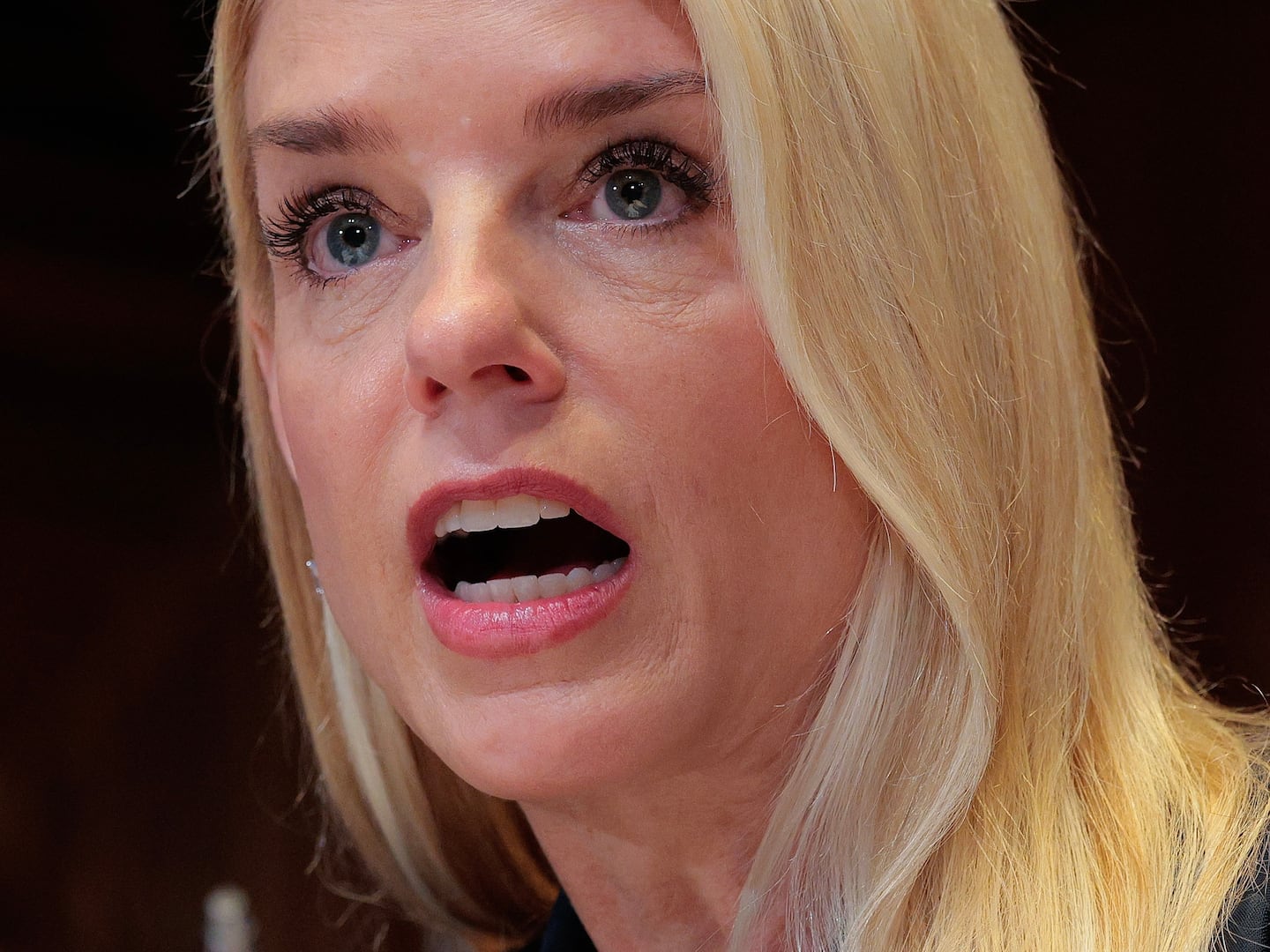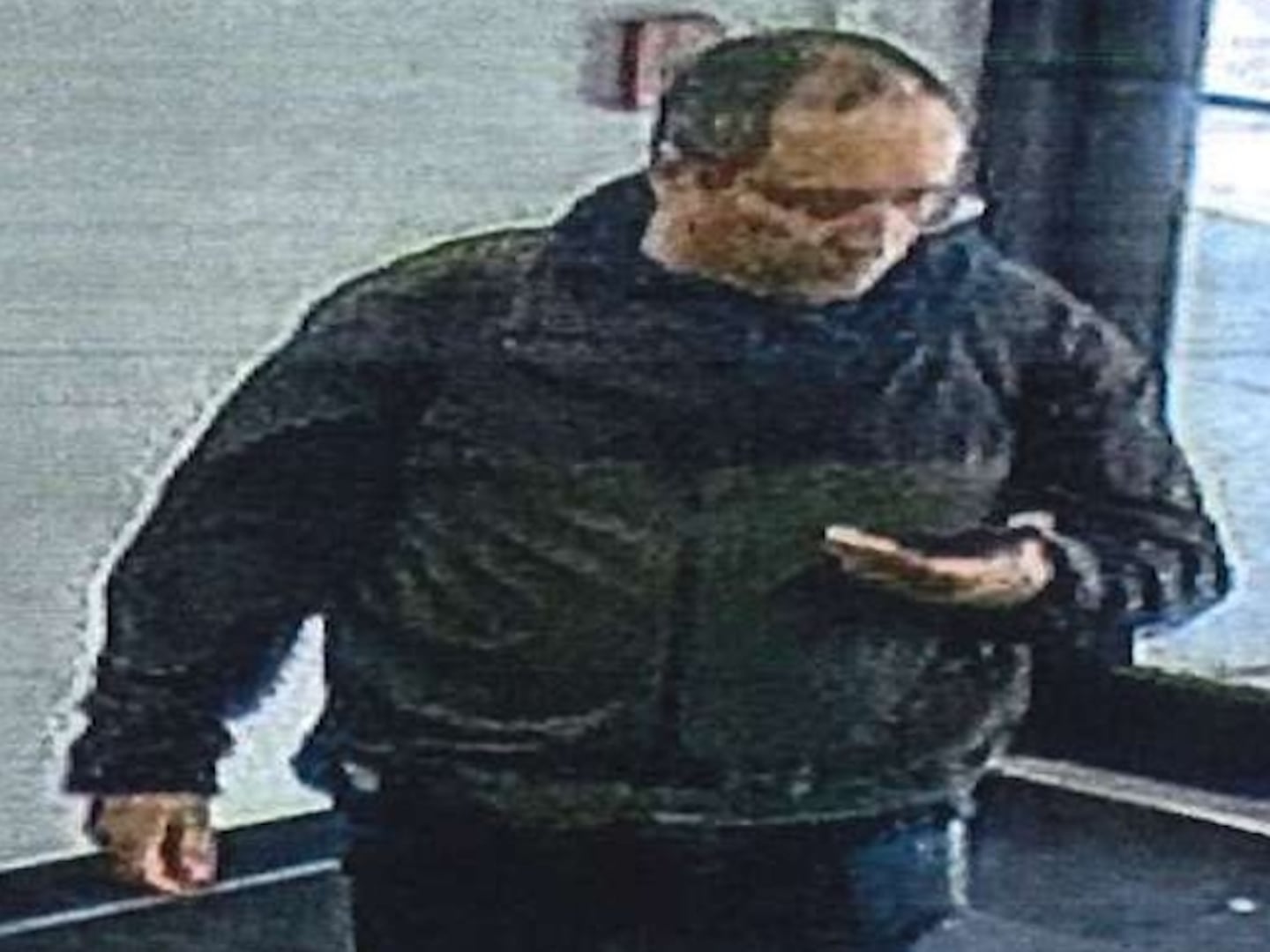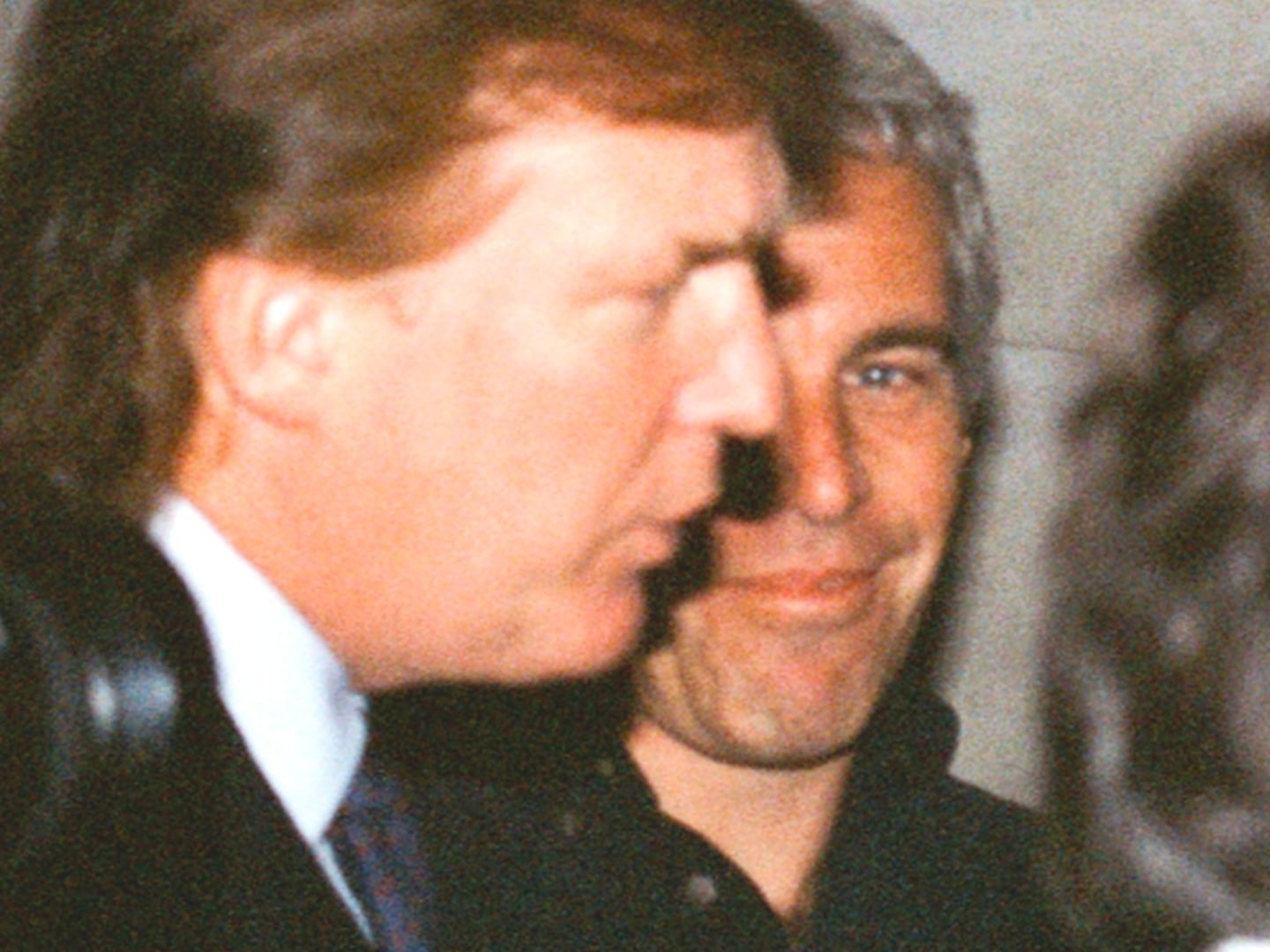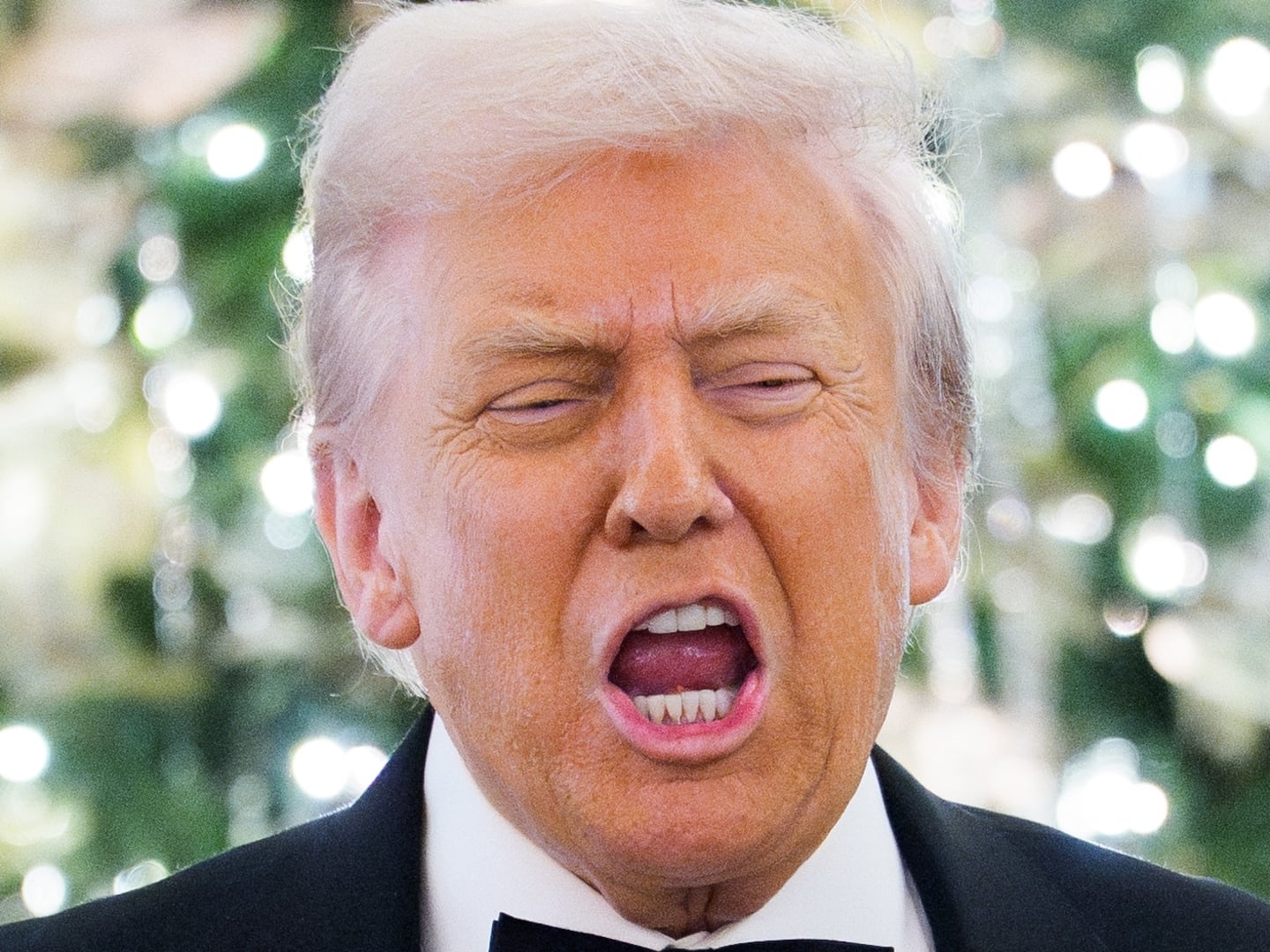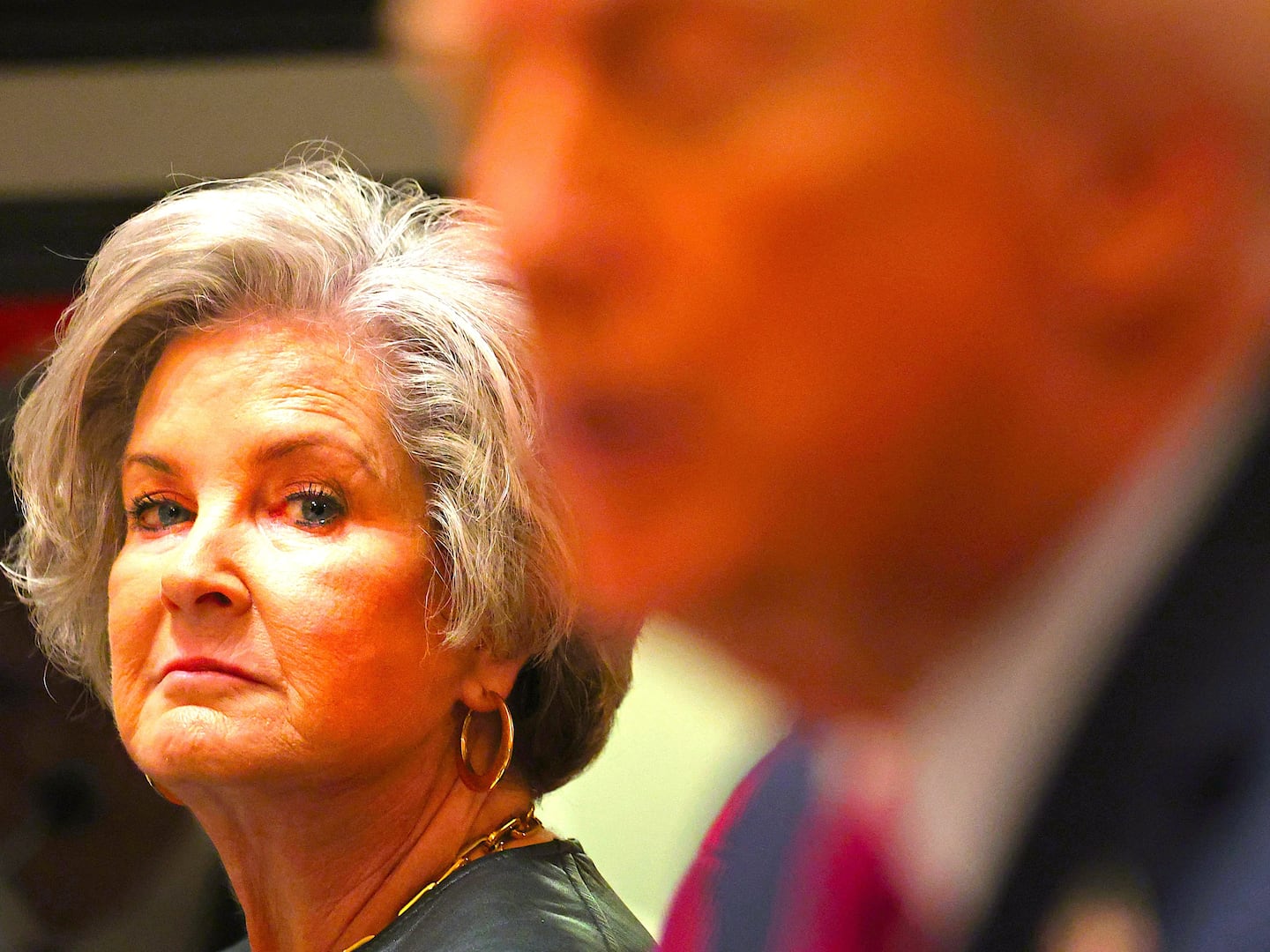Bill de Blasio thought he identified a wedge issue in his first mayoral campaign. Even though New York was safer than ever, there was a $2.4 billion surplus in the budget, and new residential towers sprouted throughout rezoned swaths of the city after 12 years of Bloombergian rule, the wage gap had become a chasm.
By 2013, the median family income in the city was $59,775, but 21 percent of New Yorkers were living below the poverty line (an annual income of $23,283 for a family of four). And so de Blasio offered a Dickensian metaphor to describe living in New York when he kicked off his campaign in January 2013. It was the best of times and a season of light for the upper crust, but the worst of times and a season of darkness for its impoverished and merely middle class.
“Let’s be honest about where we are today,” he bellowed. “This is a place that in too many ways has become a tale of two cities, a place where City Hall has too often catered to the interests of the elite rather than the needs of everyday New Yorkers.”
On the campaign trail, de Blasio described the symptoms of income inequality, diagnosed problems of the “affordability crisis,” and offered policy solutions to improve the lives of the less fortunate.
At an Association for a Better New York breakfast nearly four years ago, de Blasio laid out his most sweeping pronouncements to date. He proposed a free prekindergarten education program paid with new taxes on the wealthy. He vowed to boost wages for retail and food service workers, expand paid sick leave for hundreds of thousands of New Yorkers, and reverse the loss of 50,000 “middle-class” jobs.
He cited the elimination of 30,000 seats in after school programs and said he would reduce homelessness. He committed to investing $150 million into the City University of New York and upgrading the city’s workforce development programs. And he pledged to create and build 200,000 units of affordable housing over a ten-year period.
Four years later, de Blasio is weeks away from earning second term in a cakewalk. So in the words of another former mayor — how’s he doing?
De Blasio has mostly kept his promises, such as increasing the minimum wage, building more affordable housing, and creating a universal pre-K program. He has not solved the intractable conundrum of curbing homelessness. And while the median family income has risen 9.5 percent while de Blasio has been in office, the wage gap has gotten slightly worse.
Two metrics that economists use show that income inequality grew between 2013 and 2015. The Gini coefficient, which tracks household income inequality on a scale of 0 to 1, ticked up from 0.547 to 0.551, while the Theil index, which measures earned income, rose from 0.261 to 0.269.
Of course, the broader economic forces that shape a city are largely outside a mayor’s control. Many major cities, including New York, have become beacons for highly educated, technically proficient workers benefiting from a globalized economy that favors the creation of ideas over the production of goods.
The demand for these workers and their desire to cluster in the same place has led to massive wage gains, which in turn increased the wage gap in these regions and raised productivity. Meanwhile there’s been a decline in demand for unskilled workers as manufacturing moved overseas and some service jobs disappeared due to the growth of online commerce and automation.
That transition didn’t happen overnight. Wage inequality has been growing sharply in New York since 1980. Back then, a New Yorker with an income higher than 90 percent of workers earned 4.3 times the income of a New Yorker whose income was higher than only 10 percent of all workers. By 2015, that top-earning New Yorker collected seven times the income of a worker at the bottom rung, according to U.S. Census data analyzed by the Federal Reserve Bank of New York.
To put it another way, the income of top one percent of New Yorkers accounted for 12.2 percent of all income earned in the city in 1980, but by 2015, the top one percent collected 41 percent of incomes earned, according to tax records analyzed by New School economist James Parrott.
The mayor can’t unilaterally curb the earnings of the upper crust through taxation. He can call in vain for a millionaire’s tax— as he has done to fund pre-K program and fix up a crumbling subway system — but the city lost most of its taxation powers to Albany in the 1970s.
When de Blasio talks about income inequality he means he wants to help the very poor. “There’s not a lot that the city of New York can do to affect high incomes,” said Parrott who studies the region’s economic health at the Center for New York City Affairs. “But the mayor has various policy levers that he can use to improve living conditions at bottom and the middle.”
In this arena de Blasio has been more successful. The minimum wage had been $7.25 per hour in 2013 and de Blasio pressured Albany leaders to enact a statewide increase. Thanks to a deal that Gov. Andrew Cuomo brokered in 2015, it will rise gradually to $15 by the end of 2018.
De Blasio followed through on several other promises he made to help lower-income residents.
In 2014, he expanded paid sick leave to cover 500,000 people, he invested $8 million in after-school programs doubling the number of seats to 78,000 and he got his universal pre-K too, thanks to a $340 million-per-year state budget deal instead of a tax hike. Last year, 69,000 preschoolers enrolled in the program.
Homelessness has been a well-publicized struggle. There were 61,471 people in shelters, including 15,315 homeless families, in August 2017, up from 51,602 people and 12,285 families in August 2013, according to the Coalition for the Homeless.
And his affordable housing plan remains a challenge, although de Blasio announced last week the city would reach its goal of preserving or building 200,000 units by 2022, two years ahead of schedule.
The mayor deserves credit for tackling the wage gap through two other moves he made — raising the minimum wage of city workers, including nonprofit contractors, and reaching collective bargaining agreements with city labor unions.
He may not be crowing much about either of them but expanding the public workforce and boosting the incomes of hundreds of thousands of low-wage workers is one way to ensure the have nots will have a better future.
